Home>diy>Building & Construction>What Is Construction Dewatering
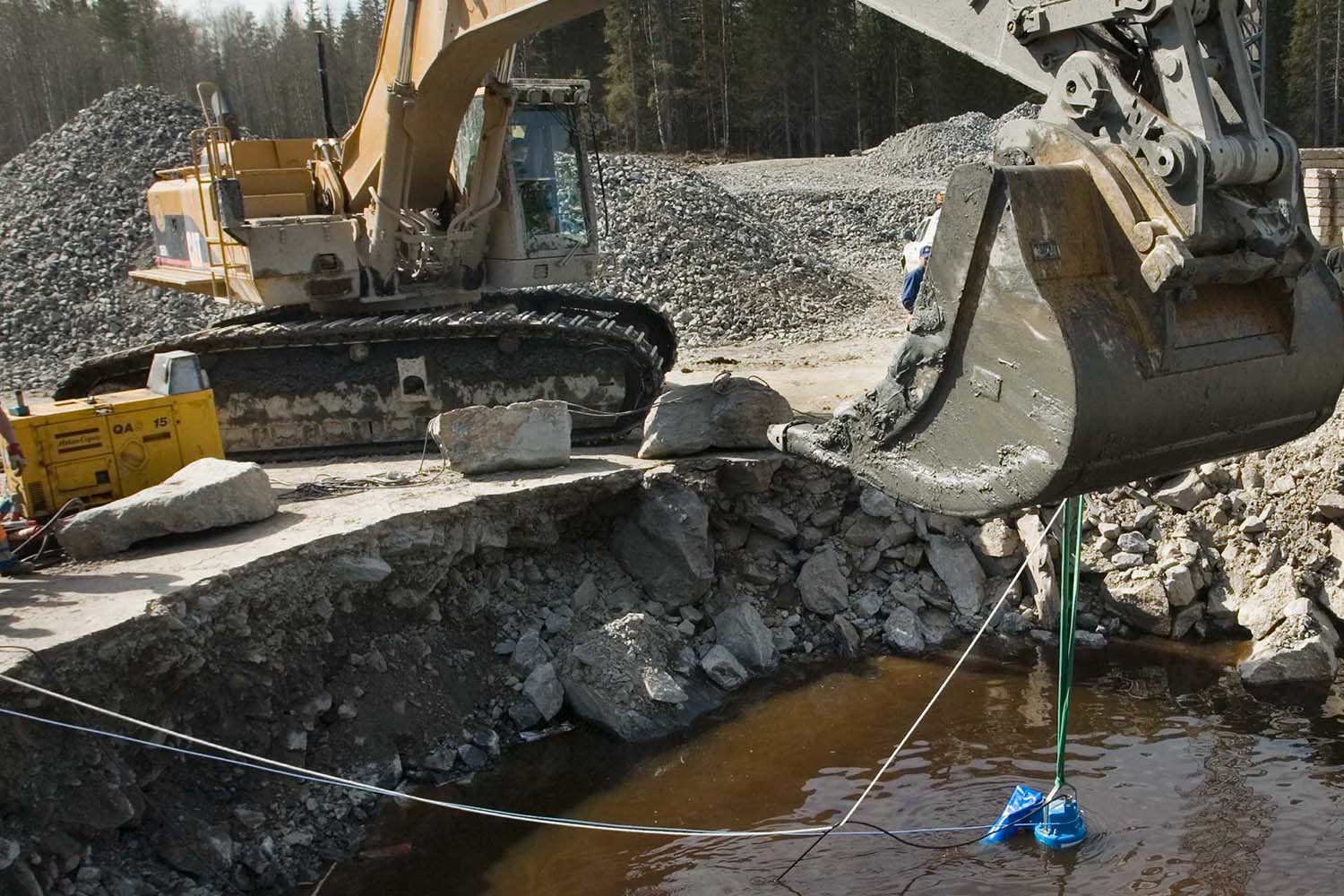

Building & Construction
What Is Construction Dewatering
Modified: December 7, 2023
Learn about construction dewatering in building construction and how it helps manage water levels on construction sites. Expert tips and techniques explained.
(Many of the links in this article redirect to a specific reviewed product. Your purchase of these products through affiliate links helps to generate commission for Storables.com, at no extra cost. Learn more)
Introduction
Welcome to the world of construction dewatering, where the art of removing water from construction sites takes center stage. Whether you are embarking on a new building project or tackling a renovation, construction dewatering is a crucial process that ensures a safe and stable construction site.
Construction dewatering involves the removal of groundwater from excavations, foundations, and other construction areas that are below the water table. This process is necessary to create a dry and stable environment for the construction activities to take place.
Without proper dewatering, construction sites can face a myriad of problems such as waterlogged trenches, compromised foundation stability, and delayed construction timelines. Therefore, understanding the methods, considerations, and challenges of construction dewatering is essential for any construction professional.
In this article, we will explore the definition of construction dewatering, delve into the reasons behind why it is necessary, discuss the various methods employed, and unravel the planning and environmental considerations involved. Let’s dive in!
Key Takeaways:
- Construction dewatering is crucial for maintaining stable construction sites by controlling groundwater levels, ensuring foundation stability, and creating a dry environment for excavation and construction activities.
- Proper planning, selection of dewatering methods, and environmental considerations are essential for successful construction dewatering. Monitoring, managing challenges, and mitigating risks are vital for safe and efficient dewatering processes.
Read more: What Is Pre-Construction In Construction
Definition of Construction Dewatering
Construction dewatering is the process of removing groundwater or surface water from a construction site to create a dry and stable working environment. It is commonly employed in areas where the water table is high, and the presence of water interferes with construction activities.
The primary purpose of construction dewatering is to control and manage the groundwater level to prevent water-related issues that can disrupt the construction process. By lowering the groundwater table, construction dewatering provides a dry and stable site, allowing for the safe excavation and construction of foundations, basements, tunnels, and other underground structures.
There are various techniques and methods used for construction dewatering, depending on factors such as the project site, soil conditions, water table depth, and the required dewatering rate. These methods may involve the use of pumps, wells, trenches, or other specialized equipment to remove the water from the construction area.
It’s important to note that construction dewatering should be carried out in a controlled manner to prevent adverse effects on the surrounding environment, nearby water bodies, and existing structures. Proper planning, monitoring, and management are necessary to ensure that the dewatering process is conducted responsibly and sustainably.
Overall, construction dewatering plays a critical role in ensuring the success and safety of construction projects in areas where water poses a challenge. It helps create a solid foundation and a dry working environment, enabling construction activities to proceed efficiently and effectively.
Reasons for Construction Dewatering
Construction dewatering is necessary for several reasons. Let’s explore the main driving factors behind the need for dewatering in construction projects:
- Foundation Stability: Waterlogged soil can significantly undermine the stability of foundations. By removing excess water from the construction site, dewatering ensures that the soil can bear the intended load and provides a solid base for building structures.
- Excavation and Trenching: When excavating for basements, tunnels, or pipelines, groundwater can quickly fill the excavation, causing instability and endangering workers. Dewatering allows for safe excavation and trenching by keeping the area dry and preventing collapses.
- Construction Process Efficiency: Working in a dry environment simplifies construction processes by eliminating the need to constantly deal with water-related issues. It improves worker productivity and allows for faster construction progress, saving time and resources.
- Equipment and Material Protection: Water can damage construction equipment, machinery, and materials, leading to costly repairs or replacements. Dewatering minimizes the risk of water damage, ensuring that equipment and materials remain in good condition throughout the construction project.
- Preventing Groundwater Intrusion: Excessive groundwater can infiltrate underground structures, such as basements or underground parking lots. Construction dewatering prevents groundwater from seeping into these structures, protecting them from water damage and potential structural problems.
By addressing these reasons, construction dewatering creates a more conducive environment for construction activities, enhancing safety, stability, and efficiency of the project. It mitigates potential risks associated with waterlogged conditions and lays the groundwork for a successful construction endeavor.
Methods of Construction Dewatering
Construction dewatering employs various methods and techniques to remove water from the construction site. The choice of dewatering method depends on factors such as the site conditions, water table depth, soil type, and the desired dewatering rate. Let’s explore some common methods used:
- Well Points: Well point dewatering involves installing a series of closely spaced small-diameter wells connected to a vacuum pump. These wells create a low-pressure zone that allows water to flow into them, effectively lowering the groundwater level.
- Deep Wells: Deep wells are larger diameter boreholes typically drilled to greater depths. They utilize submersible pumps to extract large volumes of groundwater. Deep wells are suitable for dewatering in areas with deep water tables or where a higher dewatering rate is needed.
- Well Screens: Well screens are installed in wells to allow groundwater to flow into the well while preventing the entry of large particles or sediment. They are commonly used in conjunction with well points or deep wells.
- Horizontal Drains: Horizontal drains, also known as wick drains or prefabricated vertical drains, are installed vertically into the ground to expedite the consolidation process. They drain water from the soil and accelerate the settlement of compressible soils.
- Sump Pumping: Sump pumping involves the use of temporary or permanent sump pumps to collect and remove water from low-lying areas or excavations. This method is suitable for localized dewatering needs or where dewatering is required above ground level.
- Trenches and Ditches: Trenches and ditches are excavated to intercept and divert groundwater flow away from the construction area. They can be combined with well points or pumps to direct water away from the site.
It’s important to note that each method has its advantages and limitations and may be more suitable for specific site conditions. The selection of the appropriate dewatering method should be based on a thorough assessment of the site and consultation with dewatering specialists.
By utilizing these dewatering methods, construction professionals can effectively manage groundwater on their sites, creating an optimal working environment for construction activities to take place.
Selection of Construction Dewatering Method
When it comes to construction dewatering, selecting the most suitable method is crucial to ensure effective water removal and maintain the stability of the construction site. Several factors need to be considered when choosing the dewatering method:
- Site Conditions: The geological and hydrogeological characteristics of the site play a significant role in determining the appropriate dewatering method. Factors such as soil type, permeability, water table depth, and groundwater flow direction need to be assessed to understand how water will behave on the site.
- Dewatering Requirements: The desired rate of water removal has to be considered. Some projects may require a rapid dewatering rate, necessitating the use of methods such as deep wells or well points, while others may require a more gradual dewatering approach.
- Environmental Considerations: Environmental factors like the proximity of sensitive ecosystems, water bodies, and nearby structures have to be taken into account. Dewatering methods should be selected to minimize any potential negative impacts on the environment.
- Project Duration: The duration of the construction project is another factor to consider. Temporary dewatering methods, such as sump pumping or well points, may be suitable for shorter-term projects, while long-term projects may require more permanent dewatering systems, like deep wells.
- Budget and Resources: The available budget and resources of the project must also be taken into consideration. Some dewatering methods may require more equipment, manpower, or ongoing maintenance, impacting the project’s overall costs.
- Expertise and Experience: It’s crucial to consult with dewatering specialists or geotechnical engineers who have expertise and experience in evaluating site conditions and selecting appropriate dewatering methods. Their knowledge will help ensure the most effective and efficient dewatering solution for the project.
By carefully assessing these factors, construction professionals can determine the most suitable dewatering method for their specific project. It’s important to remember that dewatering is not a one-size-fits-all approach, and the chosen method should be tailored to the unique site conditions and project requirements.
Proper selection of the construction dewatering method ensures the successful removal of excess water, maintaining a safe and stable construction site throughout the project’s lifespan.
When planning construction dewatering, consider the environmental impact and obtain any necessary permits to ensure compliance with regulations.
Read more: What Is Construction
Planning and Design Considerations for Construction Dewatering
Planning and designing the dewatering system for a construction project is a critical step in ensuring effective water removal and minimizing potential risks. Here are some key considerations to keep in mind during the planning and design phase:
- Site Investigation: Conduct a thorough site investigation to understand the geological and hydrogeological conditions of the site. This includes assessing the soil type, permeability, water table depth, groundwater flow direction, and any potential constraints or risks related to dewatering.
- Permits and Regulations: Familiarize yourself with local regulations and obtain any necessary permits for construction dewatering. Compliance with environmental regulations is essential to protect natural resources and ensure responsible dewatering practices.
- Dewatering System Design: Based on the site investigation findings, design the dewatering system. Determine the location and spacing of wells, pumps, or other equipment. Consider factors such as the required dewatering rate, estimated duration of dewatering, and potential fluctuations in groundwater levels during construction.
- Groundwater Monitoring: Implement a groundwater monitoring program. Regular monitoring is crucial to understand the effectiveness of the dewatering system, detect any potential issues, and ensure that the groundwater levels are within acceptable limits.
- Contingency Plans: Develop contingency plans to address unforeseen circumstances, such as unexpected rainfall or changes in groundwater levels. These plans should outline the necessary steps to be taken to mitigate any potential risks or delays resulting from such events.
- Manage Discharged Water: Determine the proper disposal or management method for the discharged water. Ensure that the water is treated if necessary or directed to an appropriate discharge point to prevent environmental contamination.
- Coordinate with Stakeholders: Communicate and coordinate with all relevant stakeholders, including contractors, engineers, regulatory agencies, and neighboring properties. Keep them informed about the dewatering activities, potential impacts, and mitigation measures to maintain collaboration and mitigate potential conflicts.
- Post-Construction Site Restoration: As the construction project nears completion, develop a plan for site restoration, including the removal of dewatering equipment and the reclamation of disturbed areas. This will help restore the site to its pre-construction conditions and minimize any long-term impacts caused by the dewatering process.
By carefully considering these planning and design aspects, construction professionals can ensure an efficient and well-managed dewatering process. Effective planning and design will contribute to the successful completion of the construction project while minimizing potential risks and impacts associated with construction dewatering.
Environmental Considerations in Construction Dewatering
Construction dewatering can have potential impacts on the environment if not managed properly. It is essential to take environmental considerations into account to mitigate any adverse effects. Here are some key factors to consider:
- Water Quality Management: Ensure that the discharged water from the dewatering process meets regulatory standards for water quality. Implement appropriate filtration or treatment processes if needed to minimize the release of pollutants or sediments into nearby water bodies.
- Aquatic Ecosystem Protection: Take measures to protect nearby aquatic ecosystems from potential harm. Implement sedimentation basins or silt curtains to trap sediment runoff that can harm aquatic organisms or degrade water quality.
- Protection of Endangered Species: Conduct thorough surveys to identify the presence of any endangered or protected species in the vicinity of the construction site. Develop mitigation strategies to avoid disturbance or harm to these species during the dewatering process.
- Groundwater Monitoring: Implement a comprehensive groundwater monitoring program to track any changes in groundwater quality and ensure that it remains within acceptable limits. Regular monitoring helps address any potential contamination issues and allows for prompt corrective actions, if necessary.
- Noise and Vibration Control: Construction dewatering activities may generate noise and vibrations that can impact nearby communities or sensitive receptors. Implement measures such as barriers or mufflers to minimize noise and vibration levels and maintain a harmonious relationship with the surrounding environment.
- Sustainable Water Management: Consider sustainable water management practices, such as capturing and reusing dewatered water for site irrigation or other non-potable uses. This reduces the reliance on freshwater sources and promotes more efficient use of water resources.
- Compliance with Regulations: Stay informed about and comply with local, state, and federal regulations regarding construction dewatering. This includes obtaining necessary permits, adhering to discharge limits, and implementing best management practices to mitigate environmental impacts.
- Public Outreach and Education: Engage with the local community and stakeholders to inform them about the dewatering activities and the measures being taken to minimize environmental impacts. Foster open communication and address any concerns or questions to maintain a positive relationship with the surrounding community.
By proactively considering these environmental factors and incorporating appropriate measures, construction professionals can ensure that their dewatering activities are conducted responsibly and in harmony with the environment. Taking these steps promotes sustainable construction practices and minimizes the ecological footprint of the project.
Monitoring and Management of Construction Dewatering
Monitoring and managing construction dewatering activities is crucial to ensure the effectiveness, safety, and compliance of the dewatering system. Here are some key considerations for monitoring and managing construction dewatering:
- Groundwater Monitoring: Implement a comprehensive groundwater monitoring program to track water levels and quality at various locations within the construction site. Regular monitoring helps identify any issues or deviations from the desired dewatering outcomes and allows for timely adjustments to the dewatering system if needed.
- Data Collection and Analysis: Collect and analyze data from the groundwater monitoring program to evaluate the performance of the dewatering system. This includes assessing the effectiveness of the dewatering method, monitoring compliance with discharge limits, and identifying any potential environmental impacts.
- Equipment Maintenance: Regularly inspect and maintain dewatering equipment to ensure proper functioning and prevent breakdowns. Routine maintenance includes checking pumps, valves, hoses, and other components for any signs of damage or wear, and promptly addressing any issues that arise.
- Adaptive Management: Continuously assess and adjust the dewatering system based on the changing site conditions and project requirements. This may involve modifying pump settings, adjusting well locations, or implementing additional monitoring points to optimize the dewatering process.
- Communication and Collaboration: Foster effective communication and collaboration among all stakeholders involved in the construction project. Regularly share monitoring data, findings, and any necessary adjustments with contractors, engineers, regulatory agencies, and neighboring properties to maintain transparency and address concerns or conflicts promptly.
- Emergency Preparedness: Develop and implement an emergency response plan to address any unforeseen circumstances or incidents related to dewatering, such as pump failures, sudden changes in groundwater levels, or extreme weather events. This plan should include procedures for immediate response, notification, and mitigation of any potential risks.
- Environmental Compliance: Regularly review and ensure compliance with environmental permits, regulations, and discharge limits. Promptly address any non-compliance issues and implement corrective measures to minimize environmental impacts and maintain regulatory compliance.
- Project Documentation: Maintain thorough documentation of all dewatering activities, including monitoring data, maintenance records, permits, and correspondence with stakeholders. This documentation serves as a record of compliance, helps track the progress of the dewatering process, and provides valuable information for future reference or audits.
By actively monitoring and managing construction dewatering activities, construction professionals can ensure that the dewatering system operates efficiently, minimizes impacts on the environment, and maintains compliance with regulations. Effective management practices contribute to the success and sustainability of the construction project.
Challenges and Risks in Construction Dewatering
Construction dewatering comes with its fair share of challenges and risks. Understanding these challenges and implementing appropriate measures can help mitigate potential issues. Here are some common challenges and risks to consider:
- Site Heterogeneity: Construction sites often exhibit heterogeneity in soil conditions, groundwater levels, and permeability. Variations in these factors can make it challenging to design and implement an effective dewatering system that targets the entire site uniformly.
- Unpredictable Groundwater Behavior: Groundwater levels can fluctuate due to various factors, such as rainfall, tidal influences, or nearby water bodies. These fluctuations may require constant adjustment of the dewatering system to maintain the desired water table lowering, putting additional strain on resources and adding complexity to the dewatering process.
- Environmental Impacts: Inadequate management of dewatering activities can lead to adverse environmental impacts, such as the discharge of contaminated water, sedimentation of water bodies, or damage to sensitive habitats. Strict adherence to environmental regulations and effective mitigation measures are essential to minimize these risks.
- Unforeseen Underground Conditions: During the excavation process, unexpected underground conditions, such as underwater springs or high-pressure zones, can be encountered. These conditions may require modifications to the dewatering system or additional measures to ensure the safety and stability of the construction site.
- Operational Challenges: Dewatering systems require regular maintenance, monitoring, and adjustment. Equipment failures, clogging of pumps or filters, or power disruptions can hinder the effectiveness of the dewatering process and potentially lead to delays in construction activities.
- Neighboring Structures and Utilities: Construction dewatering activities can potentially impact neighboring structures, utilities, and infrastructure. Excessive groundwater withdrawal can lead to settlement or destabilization of adjacent structures, disruption of underground utilities, or changes in subsurface water flow patterns. Proper evaluation and coordination with affected parties are necessary to mitigate these risks.
- Cost and Resources: Dewatering can be a significant cost and resource-intensive process. The installation, operation, and maintenance of dewatering equipment, along with compliance with environmental regulations, can increase project expenses. Proper budgeting and resource allocation are critical to managing these costs effectively.
By being aware of these challenges and risks, incorporating proper planning, monitoring, and management practices, construction professionals can proactively address these issues. With careful risk assessment and implementation of appropriate measures, construction dewatering can be executed successfully, ensuring a safe and efficient construction process.
Read more: What Is A Superintendent In Construction
Conclusion
Construction dewatering plays a vital role in creating safe, stable, and dry construction sites. From controlling groundwater levels to ensuring foundation stability, dewatering is essential for the success of construction projects. By removing excess water, construction professionals can create an optimal environment for excavation, foundation construction, and other underground activities.
Throughout this article, we have explored the definition of construction dewatering, the reasons behind its necessity, and various methods used to remove water from construction sites. We have also discussed the importance of selecting the right dewatering method, as well as planning, design, and environmental considerations in the dewatering process.
Monitoring and managing construction dewatering activities, along with addressing the challenges and risks associated with it, are crucial for a successful project outcome. Proper groundwater monitoring, equipment maintenance, and compliance with regulations are essential to ensure the effectiveness, safety, and environmental sustainability of the dewatering process.
Construction dewatering is not without its challenges. Site heterogeneity, unpredictable groundwater behavior, and potential environmental impacts can pose difficulties. However, with careful planning, proper implementation of dewatering methods, and effective management practices, these challenges can be mitigated.
In conclusion, construction dewatering is an indispensable process in the construction industry. By understanding the importance of dewatering, selecting the appropriate methods, and considering environmental and operational factors, construction professionals can create a dry and stable construction site, ensuring the successful completion of their projects.
With proper knowledge and expertise, construction professionals can navigate the complexities of construction dewatering while maintaining high standards of safety, efficiency, and environmental responsibility.
Frequently Asked Questions about What Is Construction Dewatering
Was this page helpful?
At Storables.com, we guarantee accurate and reliable information. Our content, validated by Expert Board Contributors, is crafted following stringent Editorial Policies. We're committed to providing you with well-researched, expert-backed insights for all your informational needs.

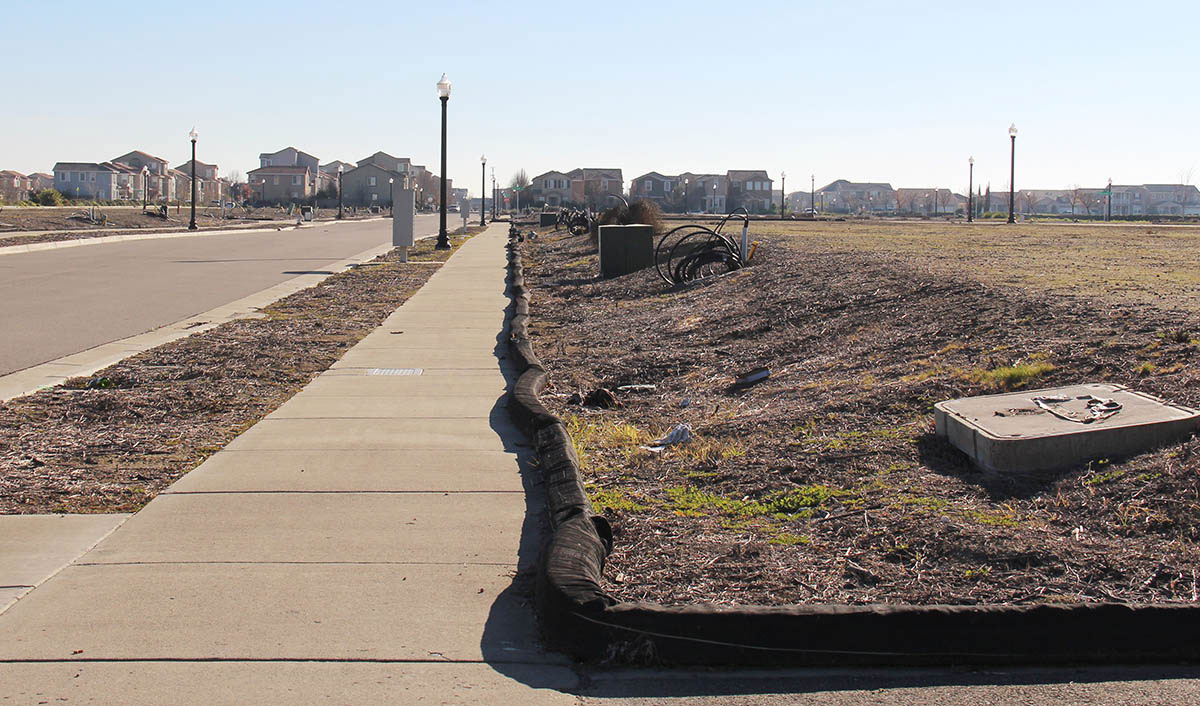

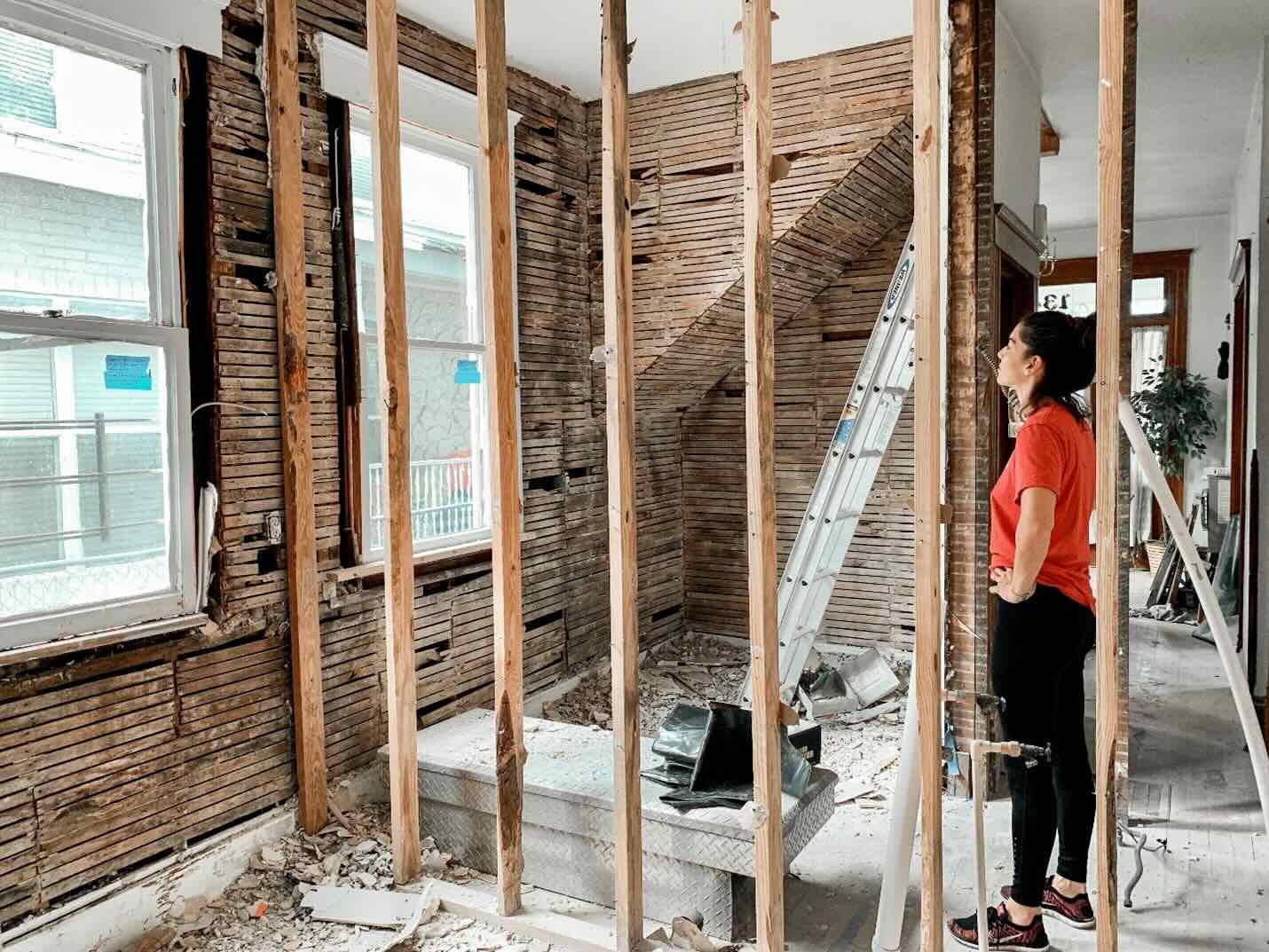
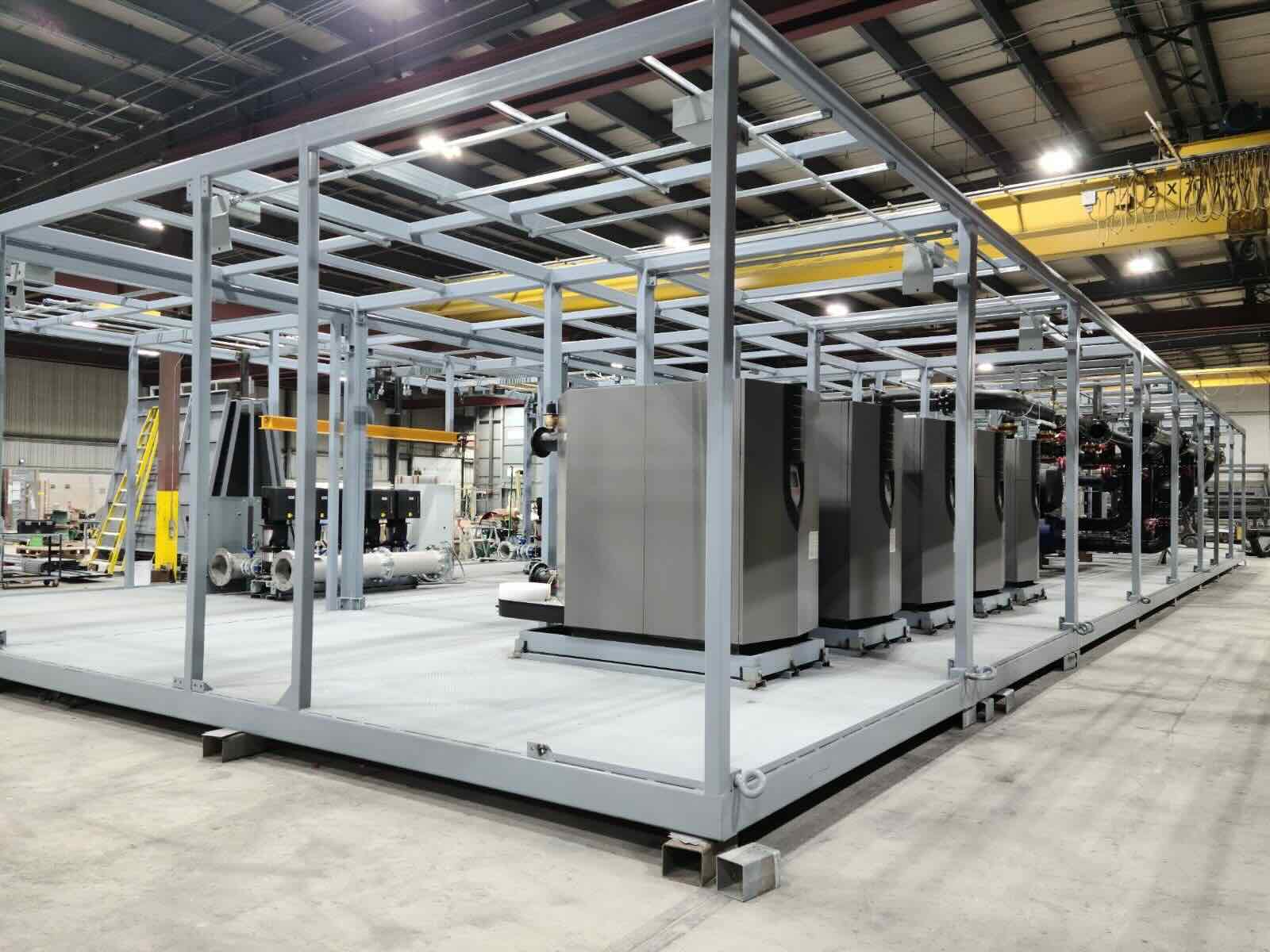
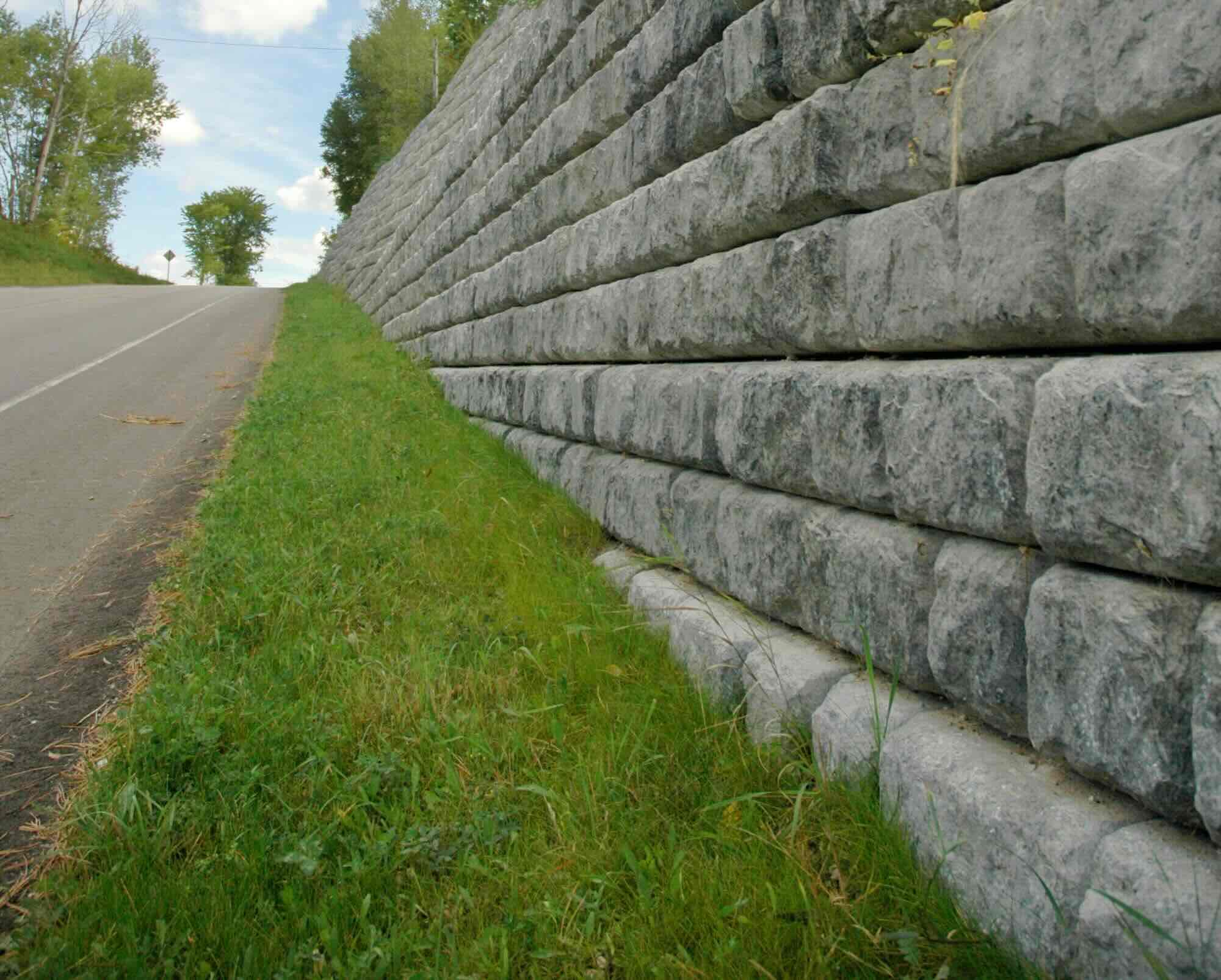
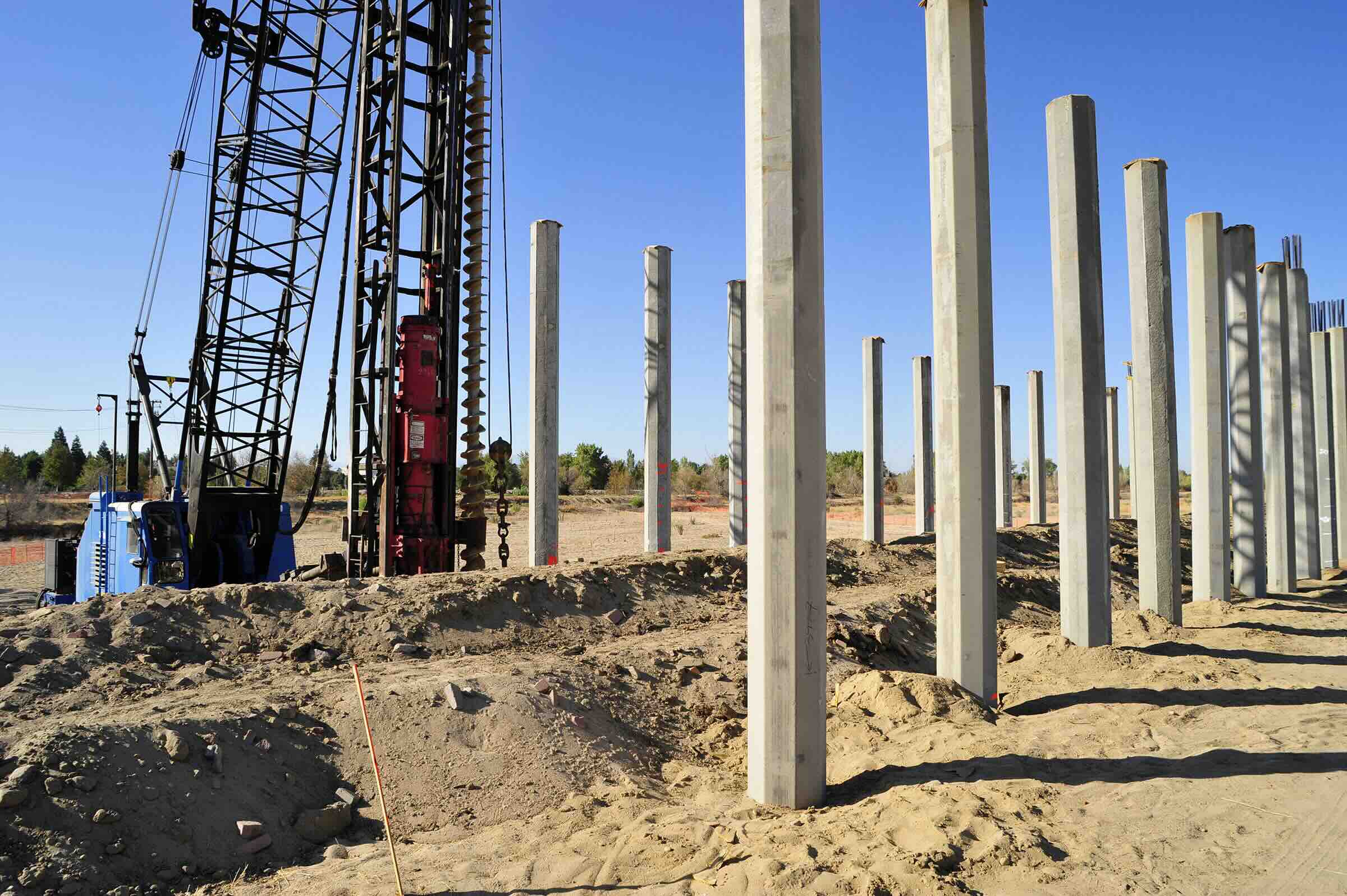

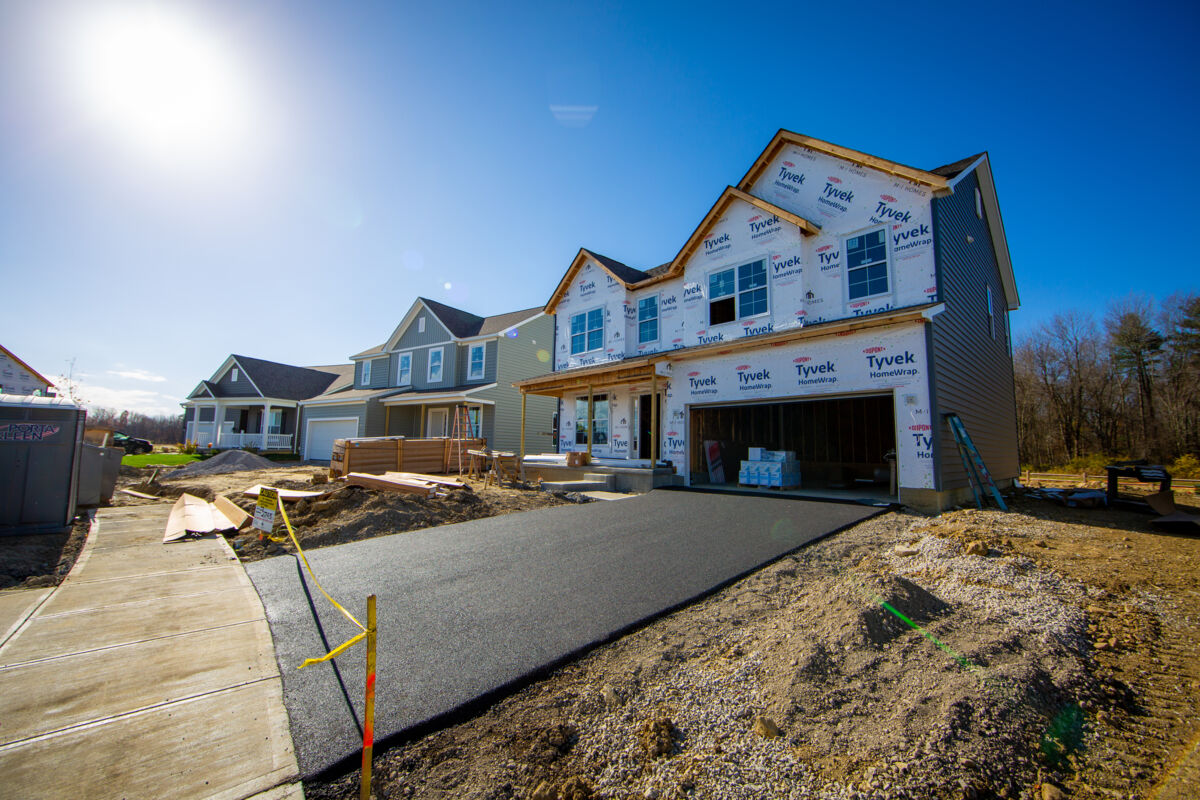
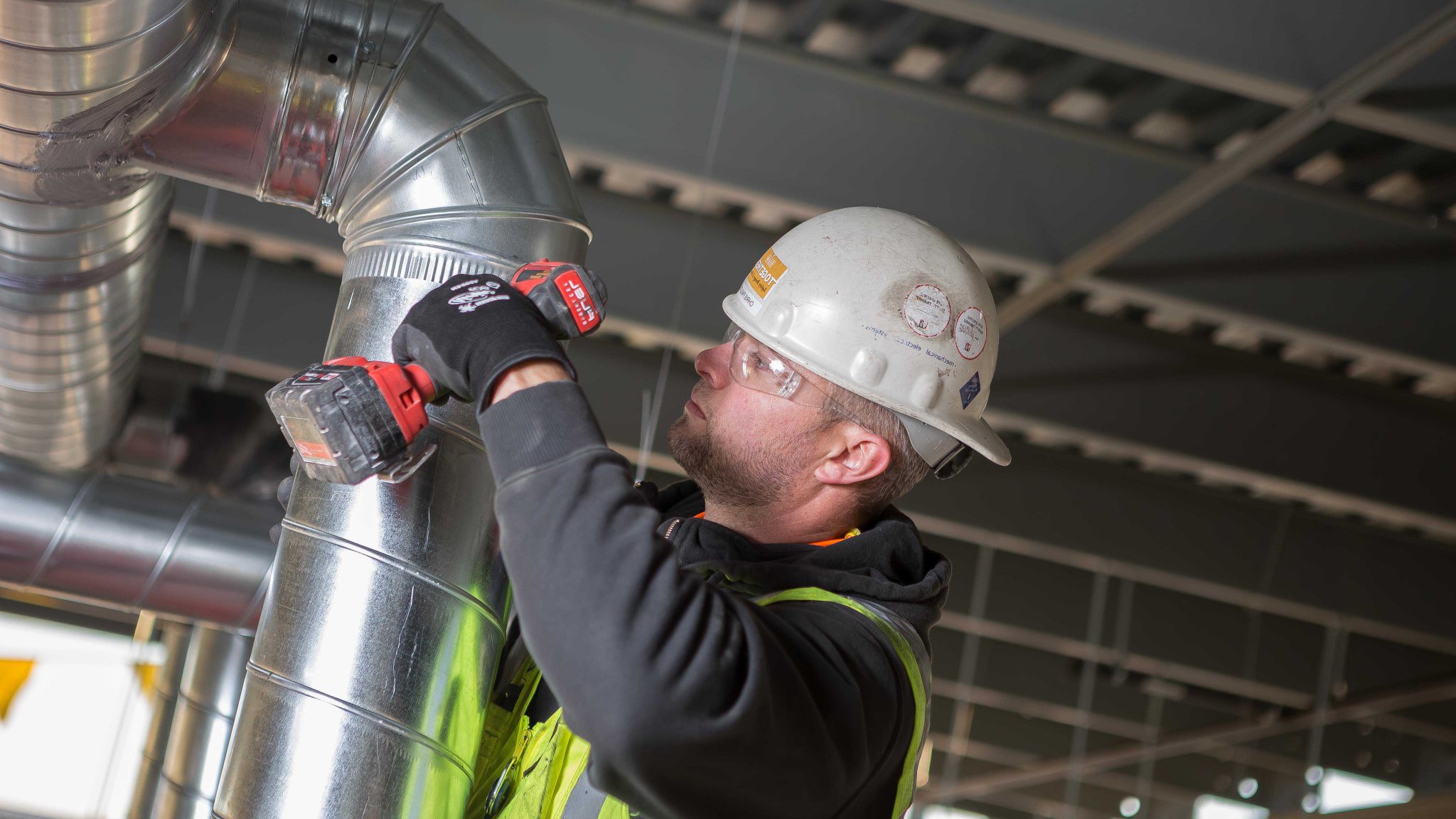
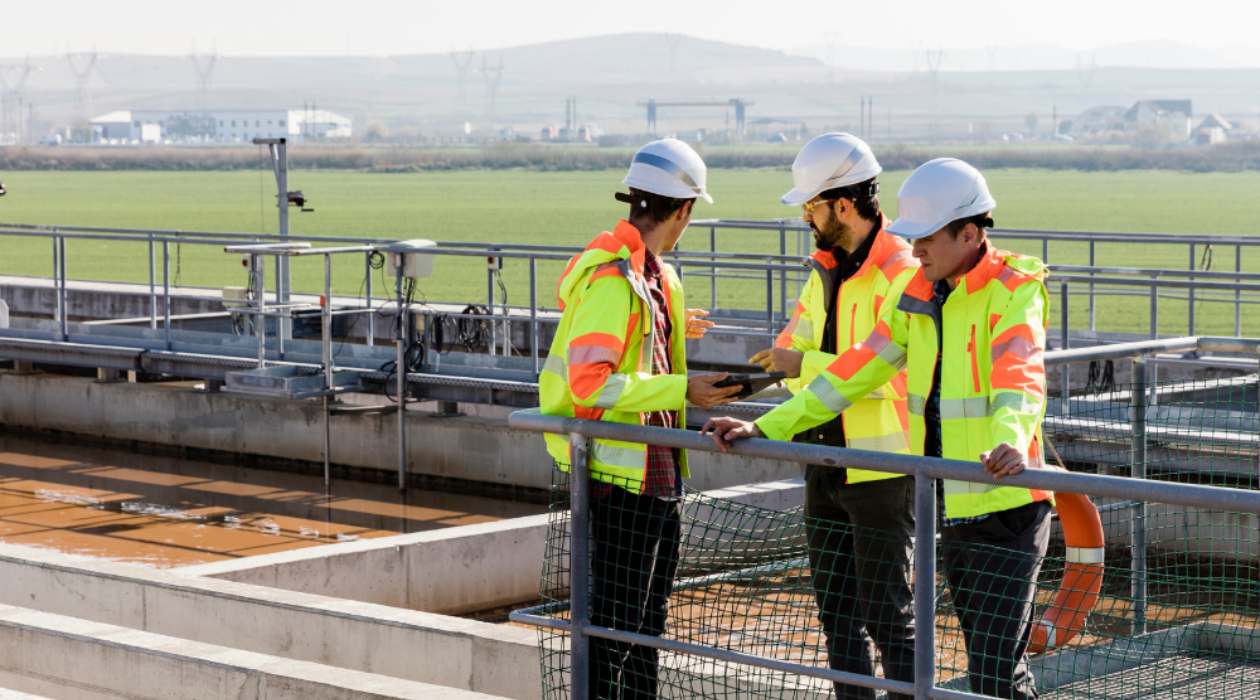
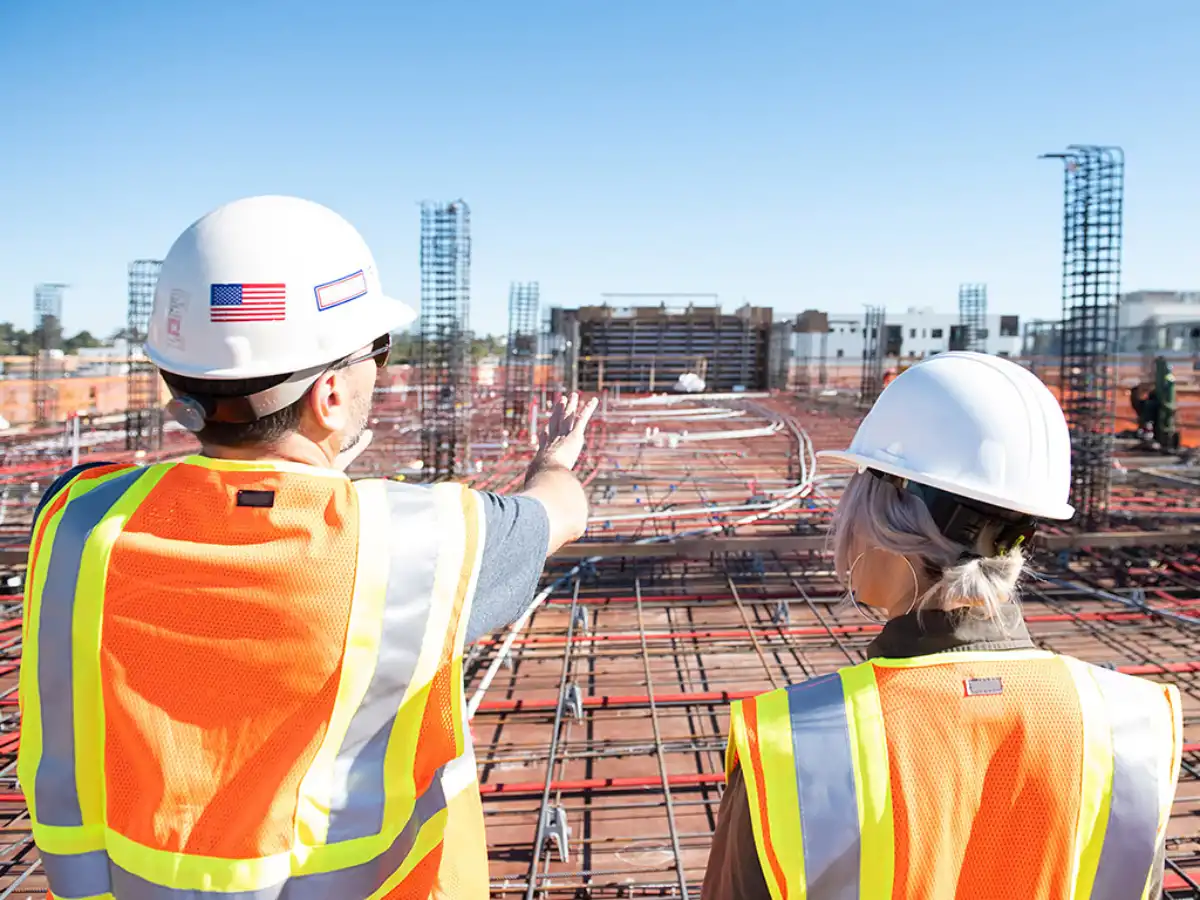


0 thoughts on “What Is Construction Dewatering”